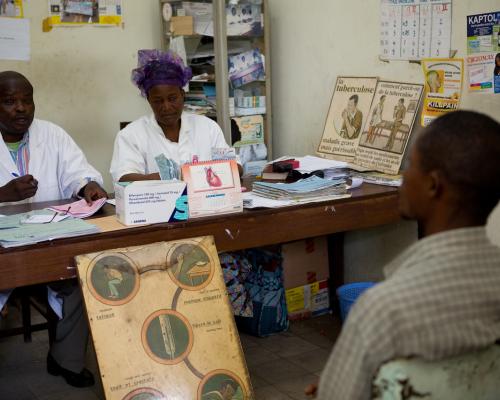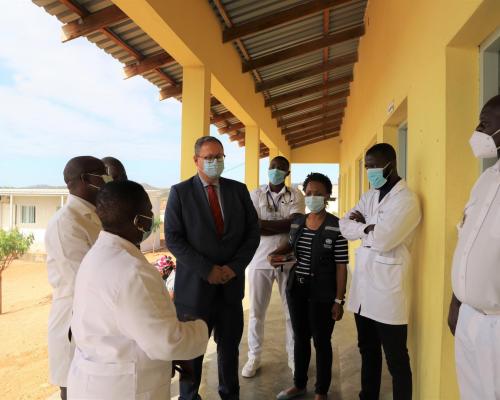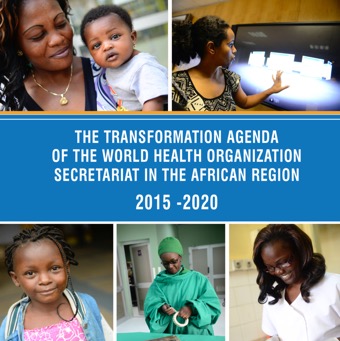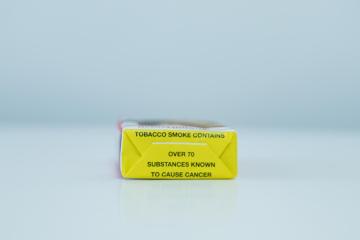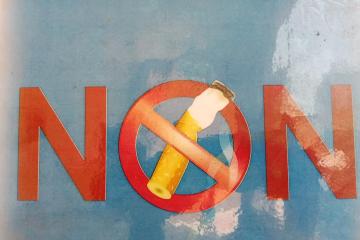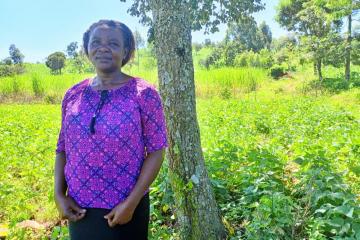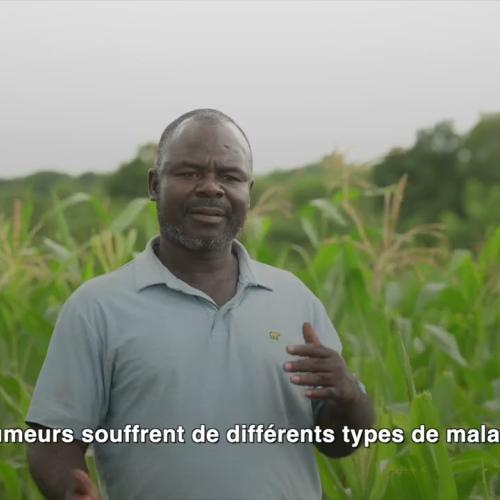Factsheet
Key Facts
- Tobacco kills up to half of its users.
-
Tobacco kills more than 8 million people each year. More than 7 million of those deaths are the result of direct tobacco use while around 1.2 million are the result of non-smokers being exposed to second-hand smoke.
- Nearly 80% of the world's more than 1 billion smokers live in low- and middle-income countries.
In the African region:
- 13 million women use tobacco products, including chewing tobacco and snuff
- 13% of young adolescent girls use tobacco products. Recent trends show an increase in tobacco use among girls. In the past, the prevalence of tobacco use among girls was lower than the rate for boys. But recent studies have shown the prevalence rate among girls (4.6% to 36.6%) has become as high as for boys (7.8% to 36.5%).
- About 22,000 women die every year from tobacco-related diseases which are preventable.
- Between 2002 and 2030, tobacco-attributable deaths are projected to double in low and middle income countries (LMICs), including in Africa.
- Of adult deaths due to second-hand smoke, about 2/3 are among women (64%) – women working and living with men who smoke.
In addition, women have unique and higher risks of cancer and artery disease. Tobacco causes similar health problems and threats for men and women. But women have unique and higher risks of cervical cancer, breast cancer, coronary artery disease.
The Tobacco Control Programme contributes to the reduction of the burden of disease and death caused by tobacco through reducing the prevalence of tobacco use and the exposure to tobacco smoke in all segments of the population in the African Region.
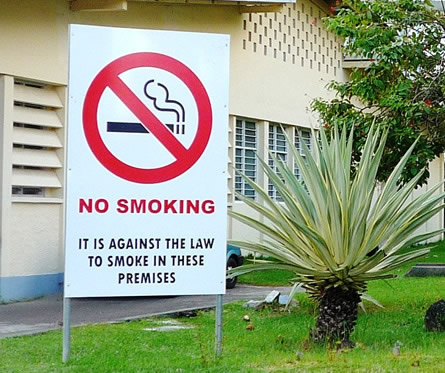 Tobacco control actions aim to substantially and continually reduce the prevalence of tobacco use and exposure to tobacco smoke.The WHO Framework Convention on Tobacco Control (WHO FCTC) lays out different tobacco control measures to be implemented in order to prevent young people from starting to use tobacco, help current tobacco users to quit and protect non-smokers from exposure to second-hand smoke.
Tobacco control actions aim to substantially and continually reduce the prevalence of tobacco use and exposure to tobacco smoke.The WHO Framework Convention on Tobacco Control (WHO FCTC) lays out different tobacco control measures to be implemented in order to prevent young people from starting to use tobacco, help current tobacco users to quit and protect non-smokers from exposure to second-hand smoke.
Setting implementation goals and developing plans and strategies for the implementation of the Convention in the African Region are imperative. In addition, building the capacity of the Member States in the region for an effective enforcement of the different strategies is crucial.
The following tobacco control strategies are in line with the requirements and guidance in the WHO FCTC:
Raising awareness about the WHO FCTC ratification/accession process and requirements;
Building capacity for the development of national action plan and comprehensive tobacco control policy and legislation reflecting the different provisions of the WHO FCTC such as protection from tobacco smoke, support for cessation programmes, warning about the dangers of tobacco, bans on tobacco advertising and promotion and raising taxes on tobacco products;
Establishing a full-time national coordinating mechanism with a designed national focal point and a national multisectoral steering committee;
Establishing a system for surveillance, monitoring and evaluation of tobacco use, tobacco control policies interventions as well as tobacco industry activities;
Mobilizing resources for national tobacco control programmes with the participation of nongovernmental organizations and the private sector.
